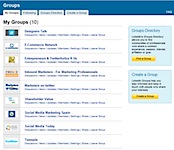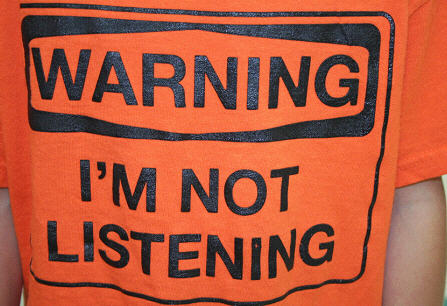There’s an age-old argument that has traditionally taken place among the walls of corporate America regarding the relationship between marketing, PR, sales and customer service: who is responsible for (and receives credit for) leads? What is the process for turning leads into customers and who “closes”? Once that happens, who is responsible for keeping customers happy and informed? The traditional answers might look something like this:
a) PR – awareness that supports sales’ efforts; sales – responsible for actual leads
b) Sales
c) Customer service
Truth be told, now more than ever, each of these constituents must work together – in essence, sharing all of these responsibilities – to ensure a wholly positive prospect or customer experience. With the rise of social networks such as Twitter and Facebook for direct engagement and interaction, the lines are a bit more blurred – we are all selling or promoting to prospects and caring for our customers.
Take, for example, two recent examples from my own life:
1) I recently had to have GE come out to fix my refrigerator (again…but that’s a different blog post). The repairman came, said he fixed the part, took his check and went along his merry way. The next morning, I woke up to a freezer that still wasn’t fixed and a refrigerator that was 60 degrees! Now I had two problems instead of one and I was not happy. I called customer service. The woman on the other end knew I was upset. She said the repair (read: sales) schedule couldn’t fit me in for another week. I didn’t take kindly to that answer and as such, she quickly found an opening for me on the next day. This woman recognized a customer service issue that could have turned into both a negative sales experience (if I had patience and a lot of ice, I could have called an independent repair shop) and negative buzz (PR). She salvaged a customer and a negative Tweet or two… Now, I expect the repairman to come back and treat me as nicely as she did – and to apologize for the inconvenience. I’ll let you know how that goes. But if he doesn’t, which experience will I remember the most?
2) I went to St. Louis last week and Tweeted that I was searching for a good hotel. A PR rep from the Hyatt Regency St. Louis contacted me on Twitter and presented a really great offer. Although I received other recommendations from my online communities, I was impressed with the effort that this woman put into treating me as a customer who mattered. As a PR rep, she could have very easily just answered my question with “Try the Hyatt” and a link – but instead she took on the role of sales, securing a discount code and taking the time to interact back and forth with me to “close the deal.” She not only promoted her company and made a sale, but she set the precedent for my expectations around their customer service. I am happy to say that the remainder of the experience upheld the standards of expectations that she set in her interactions with me. As a result, I Tweeted about my gratitude and here I am writing a blog post recommending that you try the Hyatt if you ever visit St. Louis.
The definitive lines of responsibility are, of course, still important as business executives specialize in one area or another – sales, customer service, product development, PR, etc. However, at the pace of business today – and the public engagement that customers now expect – those lines need to be a bit more flexible within organizations. Different departments need to support each other more than ever – and communicate better than ever.
Be sure that you prepare your company with consistent and persistent messaging, clear guidelines for communication and definitive processes for working across departments. Lead with the attitude that every employee has the same goal – to make your company great and your customers happy – and be sure to rethink policies that might otherwise detract from that initiative.
As transparency continues to be expected and business is conducted in a more public forum than ever before, every employee is essentially selling, promoting and representing their respective companies in every move they make. Be sure you prepare your staff to represent your brand in the right light.








